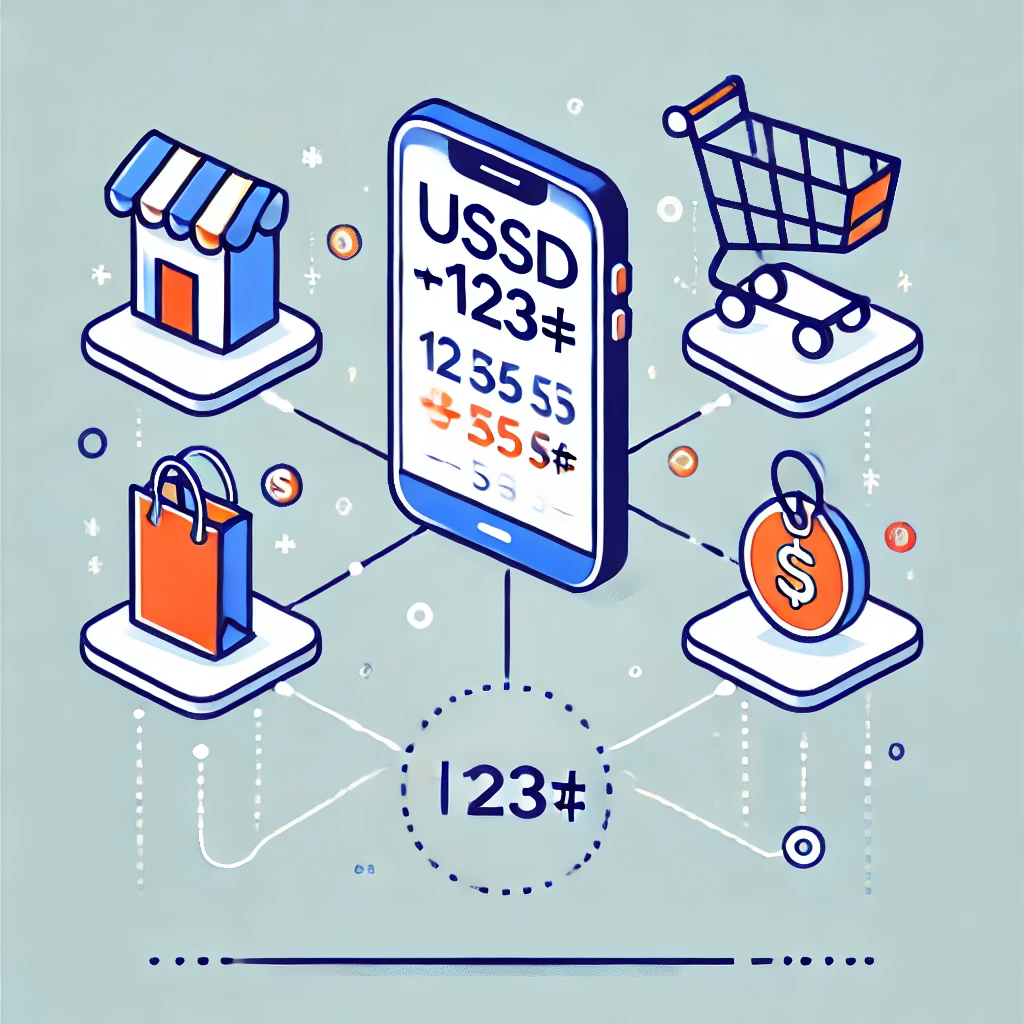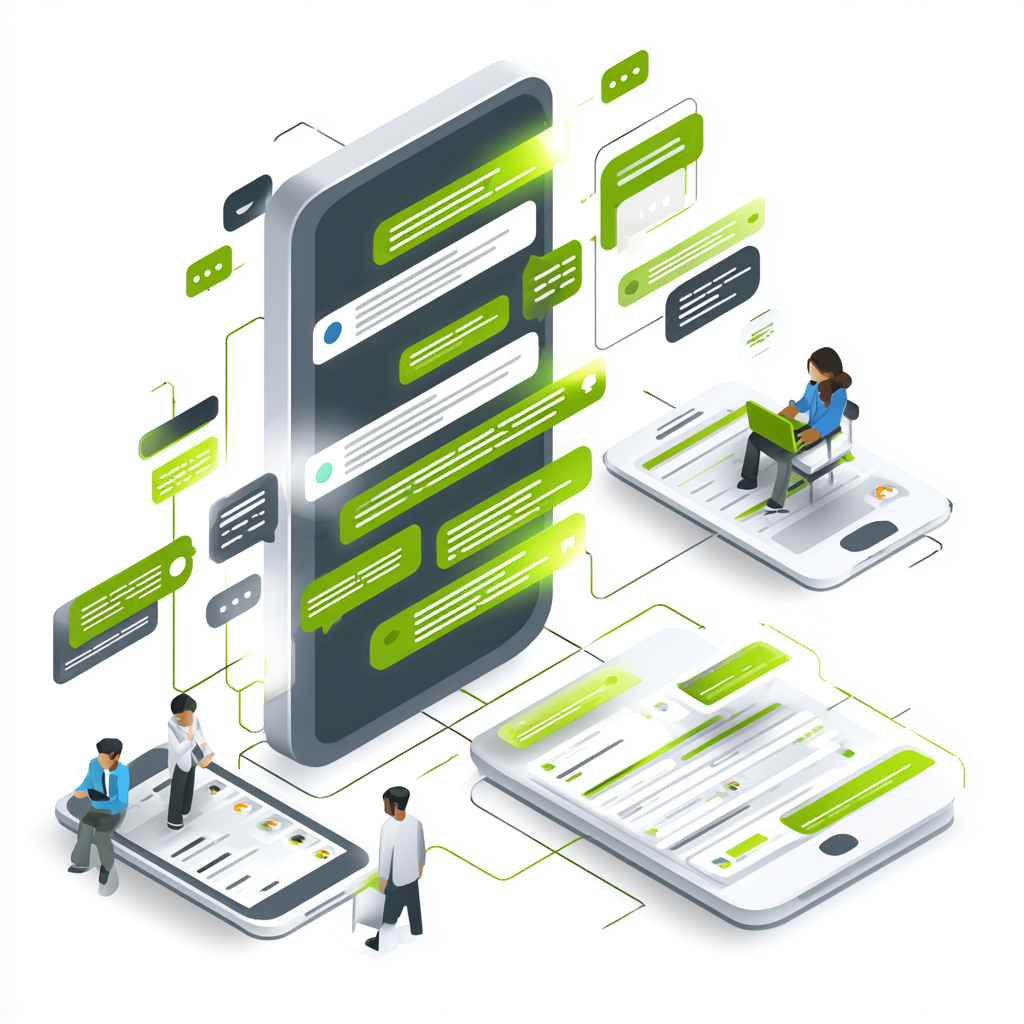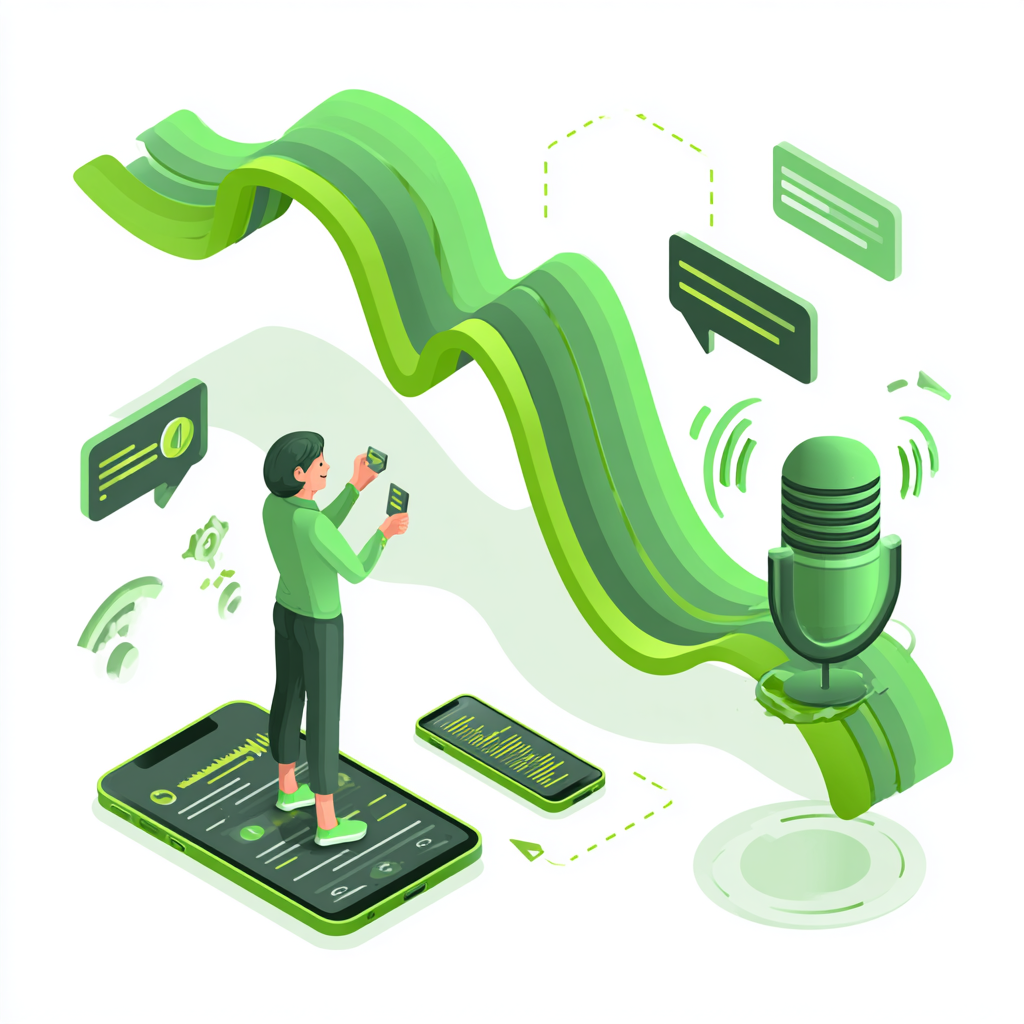Can USSD be used in retail? As digital technology advances, customers increasingly demand fast and convenient shopping experiences.
For retailers, this means finding new ways to improve the shopping experience. One of the most effective tools for this is USSD (Unstructured Supplementary Service Data).
This technology, which enables communication between a mobile phone and a service provider’s computer, has become a vital tool in the retail sector.
It offers a simple, accessible, cost-effective way to enhance customer shopping experiences, especially in regions with limited internet access.
Understanding USSD
USSD is a protocol GSM (Global System for Mobile Communications) phones use to communicate with mobile network operators.
It operates in actual time, allowing users to interact with their service providers through simple text-based menus. Unlike SMS, USSD sessions are not stored, making them more secure and faster to use.
USSD is widely used for balance checks, airtime recharge, and banking services. However, its potential extends beyond these basic functions, particularly retail.
The role of USSD in retail
USSD can be a game-changer for retailers, especially in markets with low smartphone penetration and limited internet access. It offers a way to reach a broad customer base, including those needing access to the latest technology.
Here’s how USSD can enhance the customer shopping experience:
Ease of access
USSD is compatible with any mobile phone, regardless of whether it is a smartphone or a basic feature phone. This allows retailers to connect with a broader audience, including those without internet access.
For example, customers can check product availability, place orders, or track deliveries using a simple USSD code. This level of accessibility is crucial in regions where internet penetration is low.
Cost-effective
USSD is a cost-effective solution for both retailers and customers. It does not require data or internet access, which can be expensive or unavailable in some areas.
This makes it an attractive option for retailers seeking to offer digital services without incurring significant investment in new infrastructure.
Speed and efficiency
USSD is a communication protocol, meaning that interactions are fast and efficient. Customers can quickly navigate through menus and complete transactions without delays. This is especially helpful in stores where customers want fast and easy service.
Secure transactions
Security is a major worry for both retailers and customers. USSD provides a secure way to handle transactions, as the sessions are not stored on the phone.
This reduces the likelihood of data breaches and fraud, thereby giving customers confidence while shopping. Retailers can implement regular security checks to ensure their systems remain secure. With these measures, both parties can feel more secure during transactions.
Enhanced customer engagement
USSD can be used to offer personalized services and promotions to customers. For example, retailers can use USSD to send customers special offers, discounts, or loyalty rewards based on their shopping history. This not only enhances customer engagement but also encourages repeat business.
Wider reach for loyalty programs
Loyalty programs are an excellent way to retain customers. USSD can simplify enrollment, allowing customers to join loyalty programs with a few clicks on their phones.
Once enrolled, customers can easily check their points balance, redeem rewards, and receive notifications about exclusive offers.
Integration with payment systems
USSD can be seamlessly integrated with mobile payment systems, allowing customers to pay for their purchases directly from their mobile phones.
This is particularly useful in regions where mobile money is widely available. Customers can complete transactions without carrying cash or cards, making the shopping experience more convenient and secure.
Customer feedback and support
Retailers can use USSD to gather customer feedback and provide support. Customers can easily rate their shopping experience, report issues, or request assistance using a simple USSD menu.
This helps retailers address customer concerns promptly, improving overall satisfaction.
Case studies: USSD in action
To better understand how USSD can enhance the retail experience, let’s look at some real-world examples:
Airtime top-up services
USSD is commonly used for airtime top-up services in many parts of Africa. Retailers have leveraged this by offering airtime as part of their loyalty programs.
Customers can earn airtime by making purchases, which they can redeem using a USSD code. This not only incentivizes repeat purchases but also enhances customer loyalty.
Mobile money integration
Mobile money services such as M-Pesa have revolutionized shopping in countries like Kenya. This integration has made it easier for customers to shop without cash, improving the overall shopping experience.
Agricultural retail
USSD has been a vital tool for agricultural retailers with limited internet access in rural areas. Farmers can check the availability of seeds, fertilizers, and other inputs using a USSD code.
They can also place orders and make payments through mobile money, all without needing to travel to a physical store.
Supermarket chains
Some supermarkets have adopted USSD to offer a more convenient shopping experience. Customers can use a USSD code to check product prices and availability, as well as place orders for home delivery.
This is particularly useful during peak shopping times or in areas where physical stores are not easily accessible.
Loyalty programs in emerging markets
Loyalty programs are becoming increasingly important as businesses strive to foster lasting customer relationships and drive sustainable growth.
Businesses can differentiate themselves and foster brand loyalty by offering tailored rewards that resonate with local preferences and values.
Mobile-based loyalty programs, including those using SMS or USSD, are especially valuable in markets with limited internet access.
Challenges and considerations
While USSD offers numerous benefits, there are also challenges that retailers need to consider:
- Limited user interface: USSD menus are text-based and can only display a limited amount of information at a time. This can make navigation cumbersome, especially for complex transactions. Retailers need to design their USSD menus carefully to ensure they are user-friendly.
- Network dependence: USSD relies on the availability of mobile networks. Customers may require assistance accessing USSD services in areas with poor network coverage, so retailers should consider this when implementing USSD-based solutions.
- Unlike mobile apps or websites, USSD offers limited customization options. Retailers are limited in their use of graphics and rich media, which can negatively impact the user experience. However, this can be mitigated by focusing on simplicity and ease of use.
- User education: Not all customers are familiar with USSD technology. Retailers may need to invest in educating their customers on how to use USSD services effectively. This could include simple guides, customer service support, or promotional campaigns to raise awareness.
Best practices for implementing USSD in retail
For retailers considering implementing USSD, here are some best practices to ensure success:
- Keep it simple: USSD menus should be simple and easy to navigate. Instead, please focus on the most important functions and make them easily accessible.
- The usability test begins by defining clear objectives and selecting participants from the target audience. Participants are then asked to perform realistic tasks while being observed, allowing testers to identify any challenges or areas of confusion.
Afterward, participants provide feedback on their experience, which, along with the observed data, is analyzed to identify common issues.
The insights gained are used to make improvements, and the product is retested as needed to ensure enhancements have effectively addressed usability concerns.
- Integrate with other channels: Integrating with other channels involves connecting your product or service with multiple platforms to create a seamless and consistent user experience. This can include linking your website, mobile apps, social media, email campaigns, and customer support systems to work together cohesively.
- Provide customer support: Ensure customers can access support if they encounter issues with the USSD service. This could include a dedicated helpline, SMS support, or in-store assistance.
- Promote the service: Once the USSD service is live, promote it through various channels. This could include in-store signage, SMS campaigns, social media, or word-of-mouth.
- Monitor and improve: Monitor the USSD service’s performance and collect customer feedback. Use this information to improve and ensure the service remains relevant and useful to customers.
The future of USSD in retail
While newer technologies, such as mobile apps and chatbots, offer rich experiences, USSD will remain relevant, especially in regions with limited internet access.
Retailers that incorporate USSD into their omnichannel strategy will be well-positioned to serve a diverse customer base and enhance the shopping experience.
In the future, we may see more advanced uses of USSD in retail, such as integrating it with AI-powered customer service, offering personalized shopping recommendations, or even enabling voice-activated USSD services. The possibilities are vast, and the innovation potential is significant.
Using USSD to improve customer shopping experiences
USSD is a powerful tool that can significantly enhance the customer shopping experience, particularly in regions with limited internet access.
It offers a cost-effective, secure, and accessible way for retailers to engage with customers, provide personalized services, and streamline transactions.
By recognizing the advantages and challenges of USSD and applying best practices, retailers can leverage this technology to enhance customer satisfaction and drive business growth.
As retail evolves, USSD will remain an integral part of the puzzle, enabling retailers to reach new customers and provide them with the convenient, efficient shopping experiences they demand.





